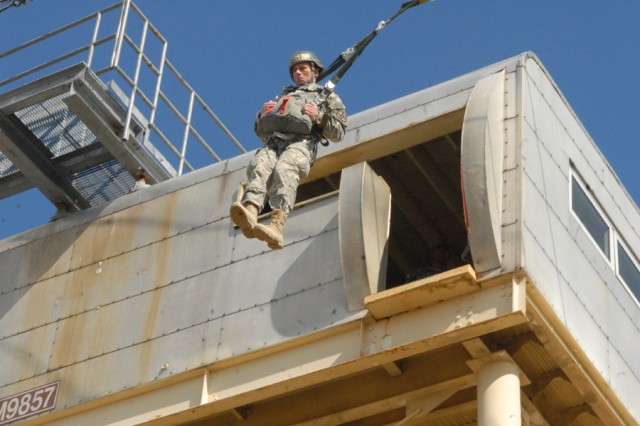From Wikipedia, the free encyclopedia
| It has been suggested that this article or section be merged into Plastic recycling. (Discuss) |
| This article needs additional citations for verification. Please help improve this article by adding reliable references. Unsourced material may be challenged and removed. (August 2008) |

Polypropylene lid of a Tic Tac box, with a living hinge and the resin identification code under its flap
The symbols used in the code consist of arrows that cycle clockwise to form a rounded triangle and enclosing a number, often with an acronym representing the plastic below the triangle. When the number is omitted, the symbol is known as the universal Recycling Symbol, indicating generic recyclable materials. In this case, other text and labels are used to indicate the material(s) used. Previously recycled resins are coded with an "R" prefix (for example, a PETE bottle made of recycled resin could be marked as RPETE using same numbering).
Contrary to misconceptions, the number does not indicate how hard the item is to recycle, nor how often the plastic was recycled. It is an arbitrary number and has no other meaning aside from identifying the specific plastic.
The Unicode character encoding standard includes the resin identification codes, between code points U+2673 and U+2679 inclusive. The generic material recycling symbol is encoded as code point U+267A.
Contents[hide] |
[edit] Table of resin codes
Recycling number  | Image  | Unicode  | Symbol  | Abbreviation  | Polymer name  | Uses  |
|---|---|---|---|---|---|---|
| 1 | U+2673 | ♳ | PETE or PET | Polyethylene terephthalate | Polyester fibres, thermoformed sheet, strapping, and soft drink bottles (See also: Recycling of PET bottles) | |
| 2 | U+2674 | ♴ | HDPE | High density polyethylene | Bottles, grocery bags, milk jugs, recycling bins, agricultural pipe, base cups, car stops, playground equipment, and plastic lumber | |
| 3 | U+2675 | ♵ | PVC or V | Polyvinyl chloride | Pipe, fencing, and non-food bottles | |
| 4 | U+2676 | ♶ | LDPE | Low density polyethylene | Plastic bags, 6 pack rings, various containers, dispensing bottles, wash bottles, tubing, and various molded laboratory equipment | |
| 5 | U+2677 | ♷ | PP | Polypropylene | Auto parts, industrial fibers, food containers, and dishware | |
| 6 | U+2678 | ♸ | PS | Polystyrene | Desk accessories, cafeteria trays, plastic utensils, toys, video cassettes and cases, and insulation board and other expanded polystyrene products (e.g., Styrofoam) | |
| 7 | U+2679 | ♹ | OTHER or O | Other plastics, including acrylic, acrylonitrile butadiene styrene, fiberglass, nylon, polycarbonate, and polylactic acid | Bottles, plastic lumber applications |
[edit] Availability of recycling facilities
Use of the recycling symbol in the coding of plastics has led to on going consumer confusion about which plastics are readily recyclable. In most communities throughout the United States, PETE and HDPE are the only plastics collected in municipal recycling programs. Some regions, though, are expanding the range of plastics collected as markets become available. (Los Angeles, for example, recycles all clean plastics numbered 1 through 7.[1])[edit] Possible new codes
In 2007, a State Senate bill in California (SB 898) proposed adding a "0" code for compostable polylactic acid.[2] However, this provision of the bill was removed before passage.[3][4][edit] See also
[edit] References
- ^ http://www.lacity.org/san/solid_resources/recycling/what_is_recyclable.htm "What is Recyclable" from the City of Los Angeles Bureau of Sanitation website.
- ^ http://www.leginfo.ca.gov/cgi-bin/postquery?bill_number=sb_898&sess=CUR&house=B&author=simitian Full text and version history of California State Senate Bill 898
- ^ http://www.cawrecycles.org/issues/current_legislation/sb898_07 Bill summary from Californians Against Waste, an environmental group
- ^ SB 898 Senate Bill - AMENDED

 LTC Marc Hoffmeister: Photo Courtesy of the Veterans Coalition
LTC Marc Hoffmeister: Photo Courtesy of the Veterans Coalition Left to Right: David Shebib, Bob Haines and Marc Hoffmeister stop to take a picture after reaching the summit of Mt. McKinley (also known as Denali). Photo Courtesy of the Veterans Coalition
Left to Right: David Shebib, Bob Haines and Marc Hoffmeister stop to take a picture after reaching the summit of Mt. McKinley (also known as Denali). Photo Courtesy of the Veterans Coalition





